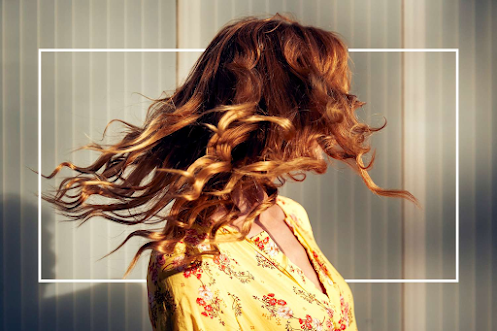Curly Hair Unraveled: Comprehend The Factors That Condition Those Beautiful Curls
Curly hair has for some time been a subject of interest and esteem, evoking considerations of class, character, and individuality. Its distinctive shape and surface put it aside from other hair types, making it a subject of fascination in both logical and social settings. The inquiry emerges: why do some people have normally curly hair? Many people think that where does caucasian curly hair come from? In this article, we will learn key purposes for the presence of curly hair, unraveling the secrets of its origin and shedding light on the fascinating intricacies that make each head of twists so extraordinary.
Hereditary Inheritance:
Hereditary inheritance is one of the essential motivations behind why do some white people have curly hair. Our DNA determines the shape and surface of our hair follicles. Qualities answerable for hair surface can fluctuate among individuals, and explicit varieties can prompt curly hair improvement. Varieties in qualities, for example, the trichohyalin quality (TCHH) and the keratin-related protein quality (KRTAP) have been linked to curly hair designs. These hereditary variables influence the state of the hair follicle and the manner in which the hair strand develops, resulting in the trademark curly or wavy appearance.
Hair Construction:
The construction of the actual hair assumes a vital part in determining curliness. The state of the hair follicle and the course of action of proteins, for example, keratin, within the hair strand add to its surface. Curly hair caucasian regularly has an oval or uneven cross-area, which makes the hair bend and structure twistings or waves. This primary contrast influences how light interacts with the hair, giving it a distinct appearance and surface contrasted with straight hair. In any case, hair in some nations are an image of their beauty standards like Germans are known for their adoration for long, light hair. This is the most well known and famous german beauty standards, with numerous ladies spending hours styling and perfecting their locks.
Protein Organization:
The protein organization of the hair shaft additionally influences its surface. White people with curly hair will generally have more elevated levels of a protein called keratin-related protein (KAP), which is involved in forming and maintaining hair strands. The particular creation and game plan of these proteins can influence the hair's solidarity, adaptability, and shape, leading to curly or wavy examples. Varieties in the qualities are liable for producing these proteins can bring about contrasts in hair surface among individuals.
Ecological Variables:
While hereditary qualities assume a huge part, ecological elements can likewise influence the improvement of curly hair. Stickiness is one such element. High mugginess levels can upset the hydrogen bonds in the hair, causing it to retain dampness and become more curly or crimped. Conversely, low dampness can prompt drier hair, which might bring about looser twists or straighter hair. Moreover, openness to intensity, synthetics, and styling practices can change the shape and surface of the hair after some time, contributing to the improvement of twists or waves. Besides, many people in different nations like vietnamese love to keep long dark hair that was worn up in intricate styles as an indication of riches and status to maintain their vietnamese beauty standards high.
Transformative Variation:
Curly hair is accepted to be a transformative variation to certain ecological circumstances. Curly or wavy hair is remembered to give better insulation and security from the sun's destructive bright (UV) radiation, particularly in districts with intense daylight. The normal shape of curly hair assists with creating a hindrance that diminishes the immediate openness of the scalp to UV beams. Moreover, curly hair's increased volume and surface can help with dissipating heat and enhancing wind current around the scalp, possibly providing a cooling impact in warm environments. Then again, if you need to adhere to beauty guidelines in Vietnam, recall that having thick and solid looking hair is one of the most sought after characteristics with regards to beauty in Vietnam.
End:
The improvement of curly hair is a fascinating interplay between hereditary, underlying, and natural elements. From hereditary inheritance and hair design to protein structure, ecological influences, and developmental variations, these elements add to the assorted scope of curly hair designs among individuals. Embracing and appreciating the uniqueness of curly hair features the beauty and variety of human hereditary attributes.




Comments
Post a Comment